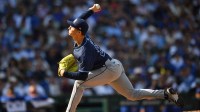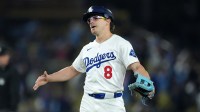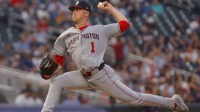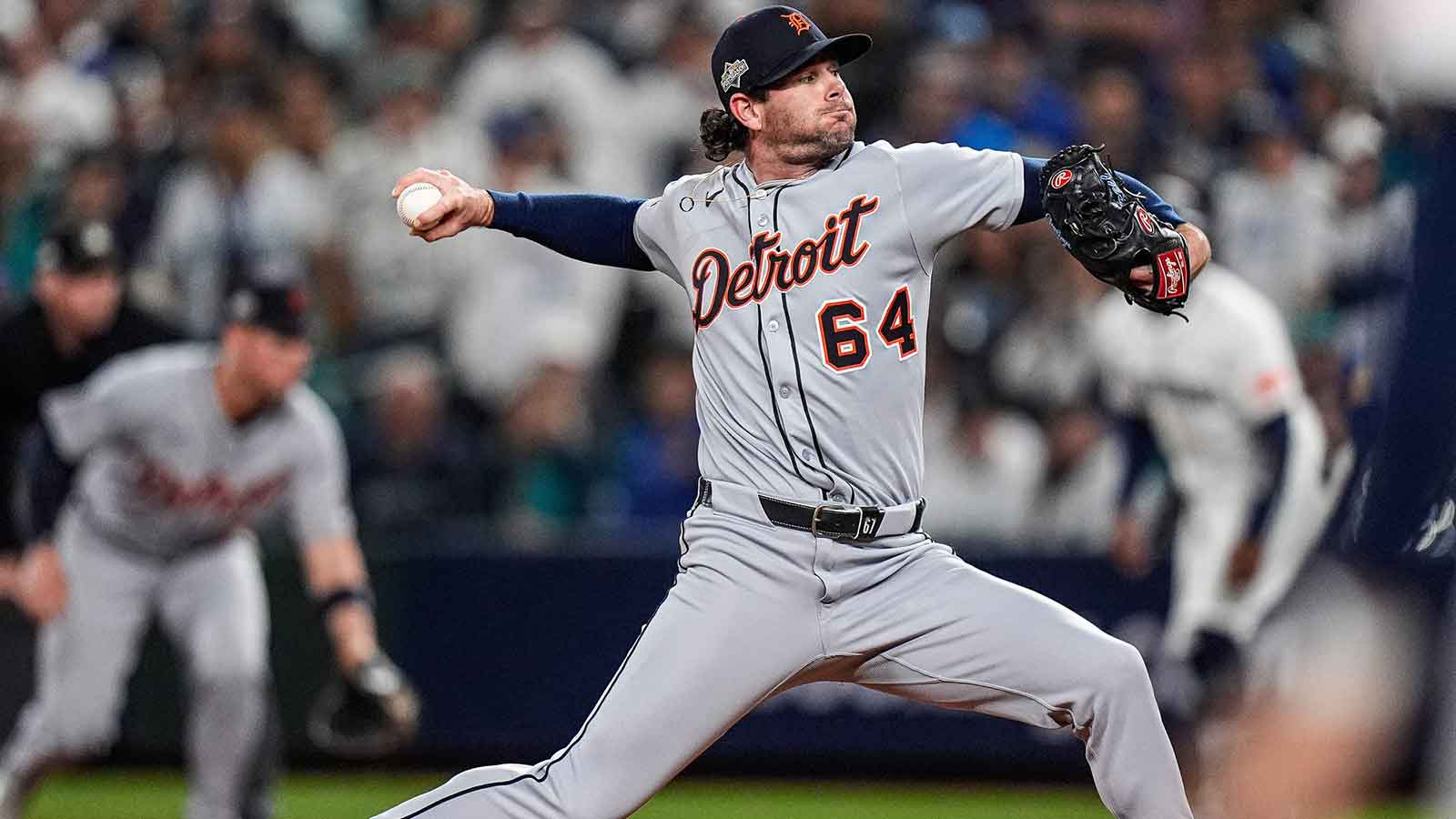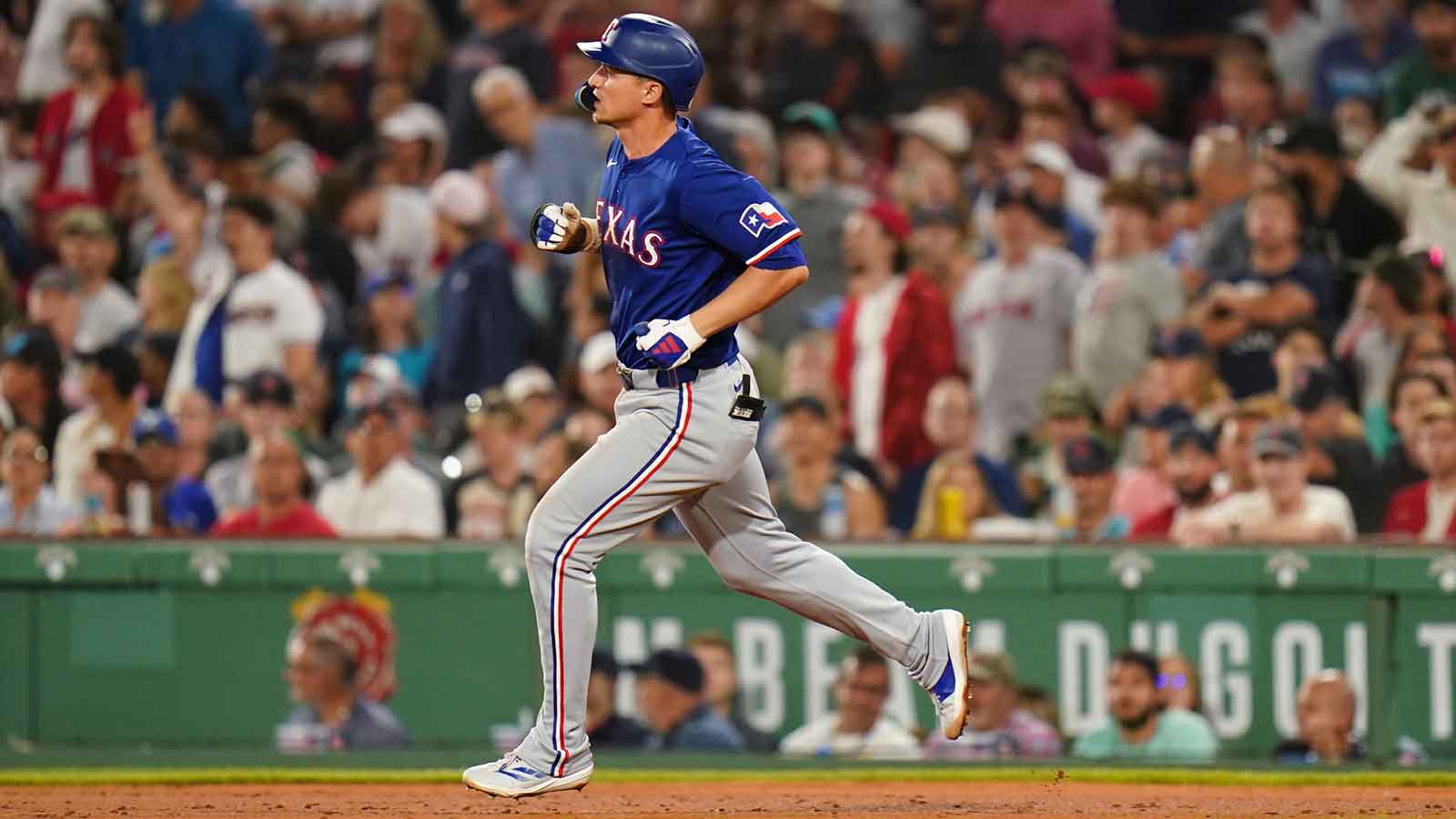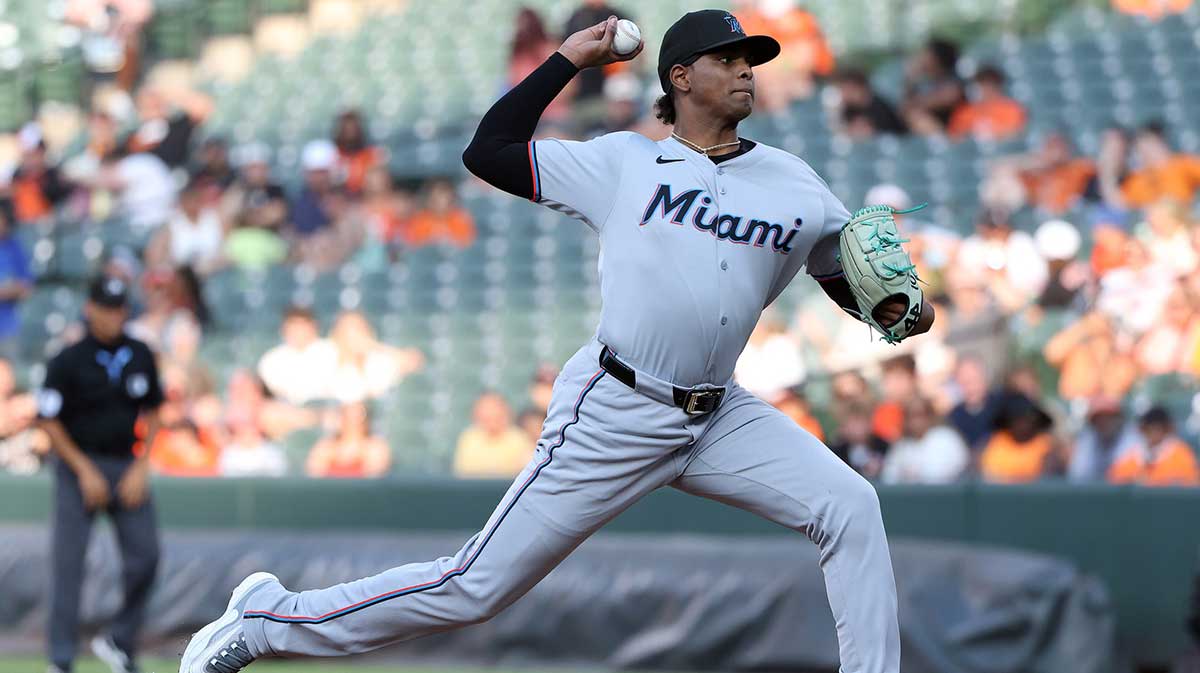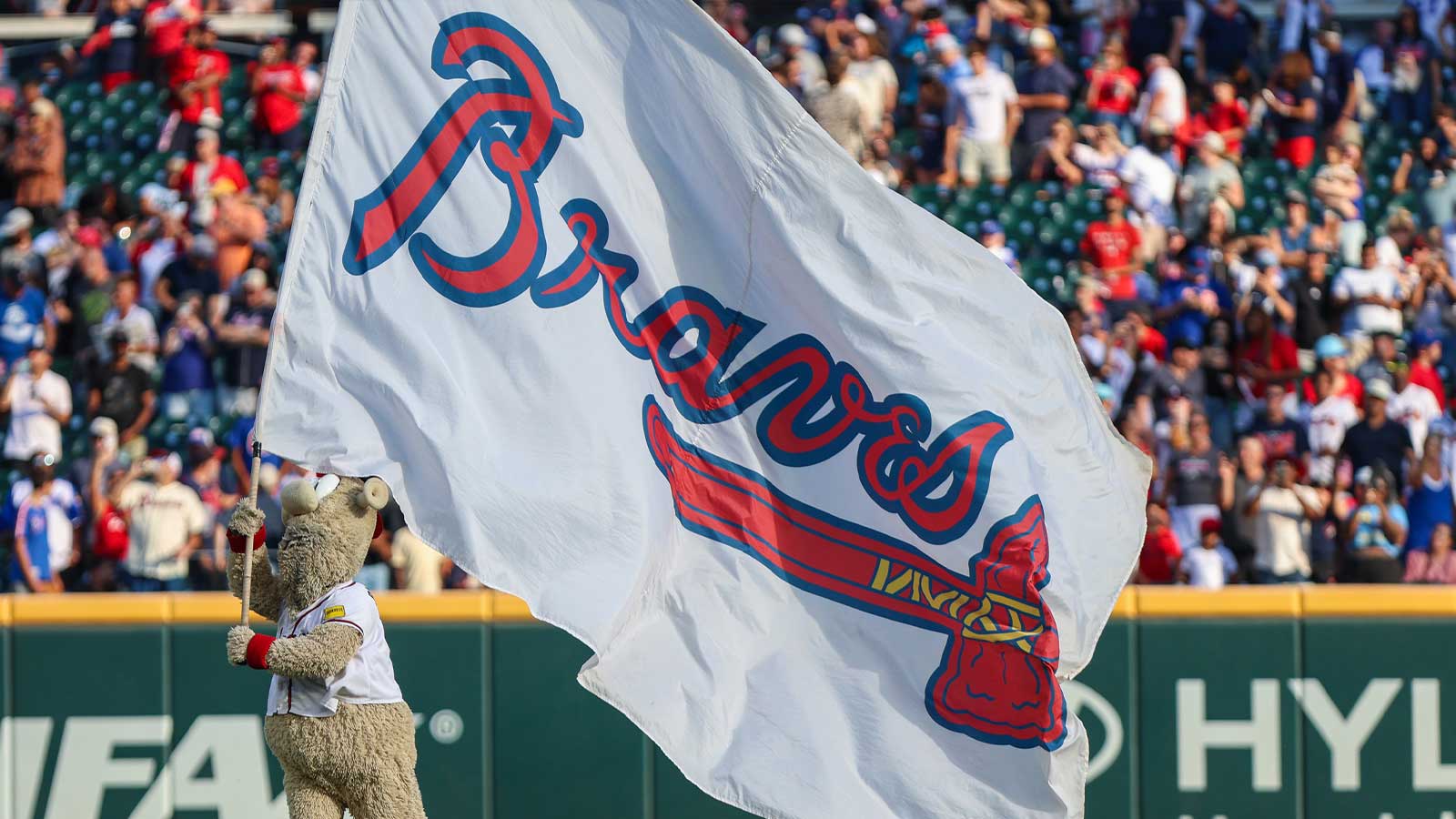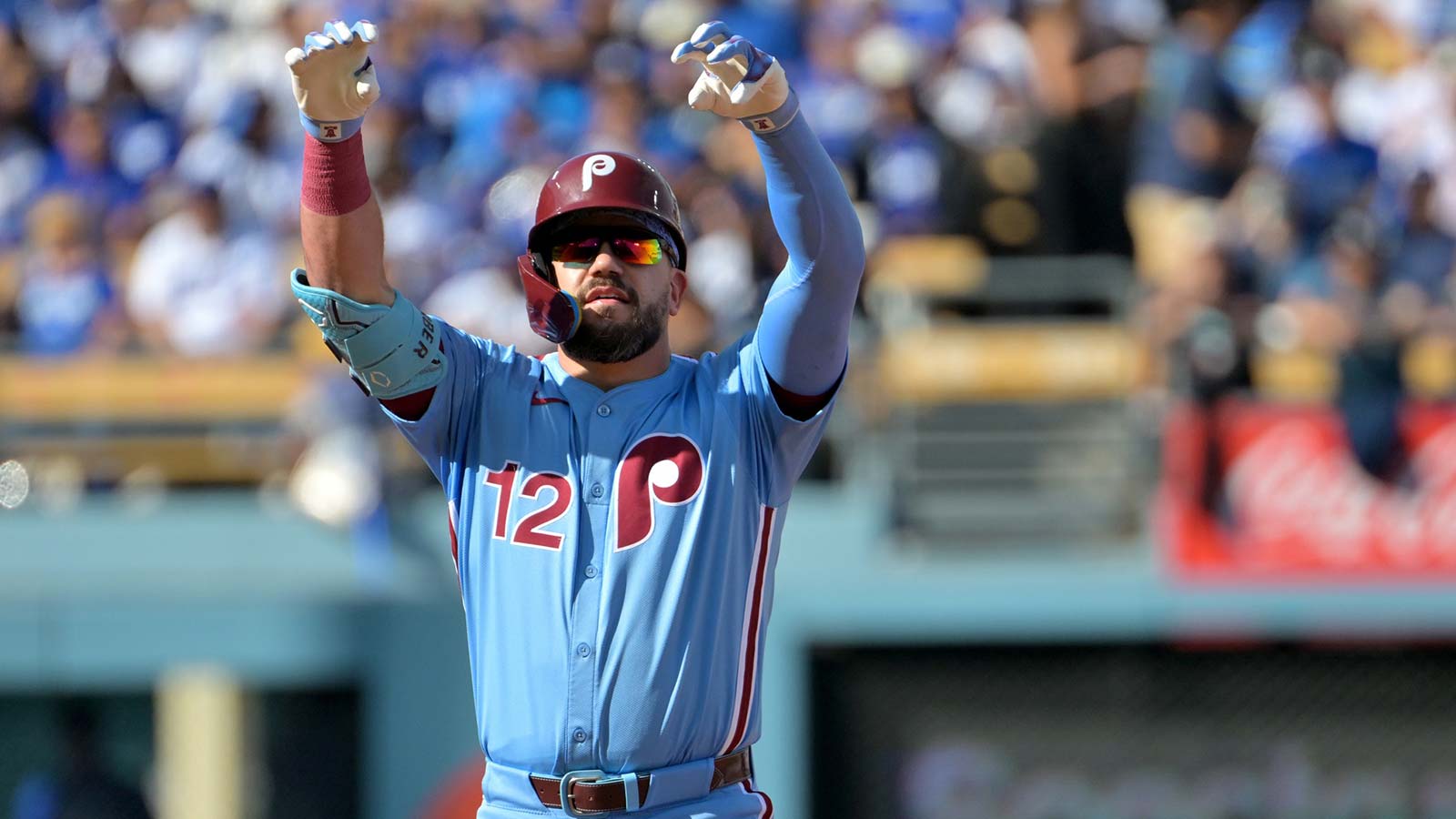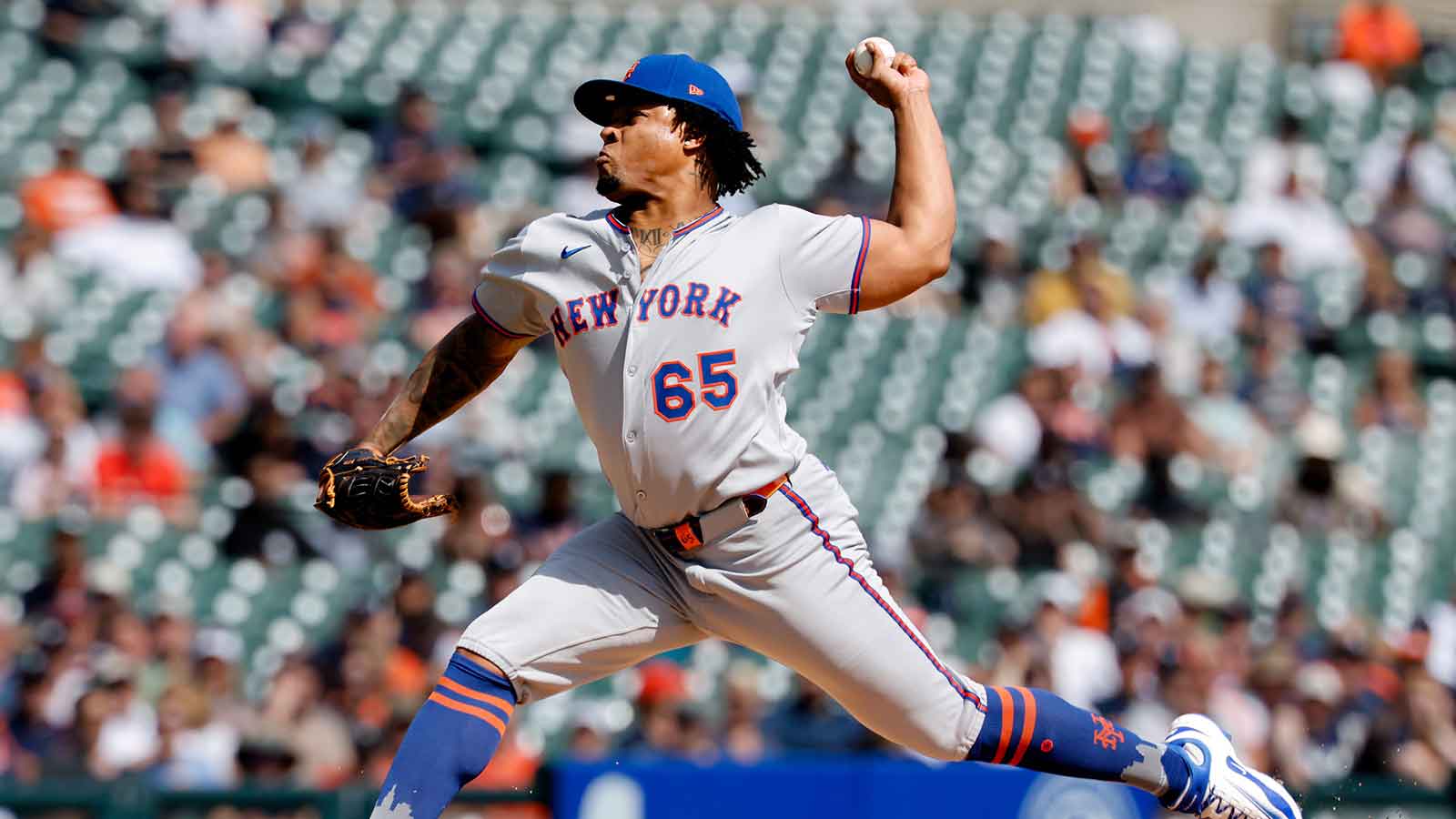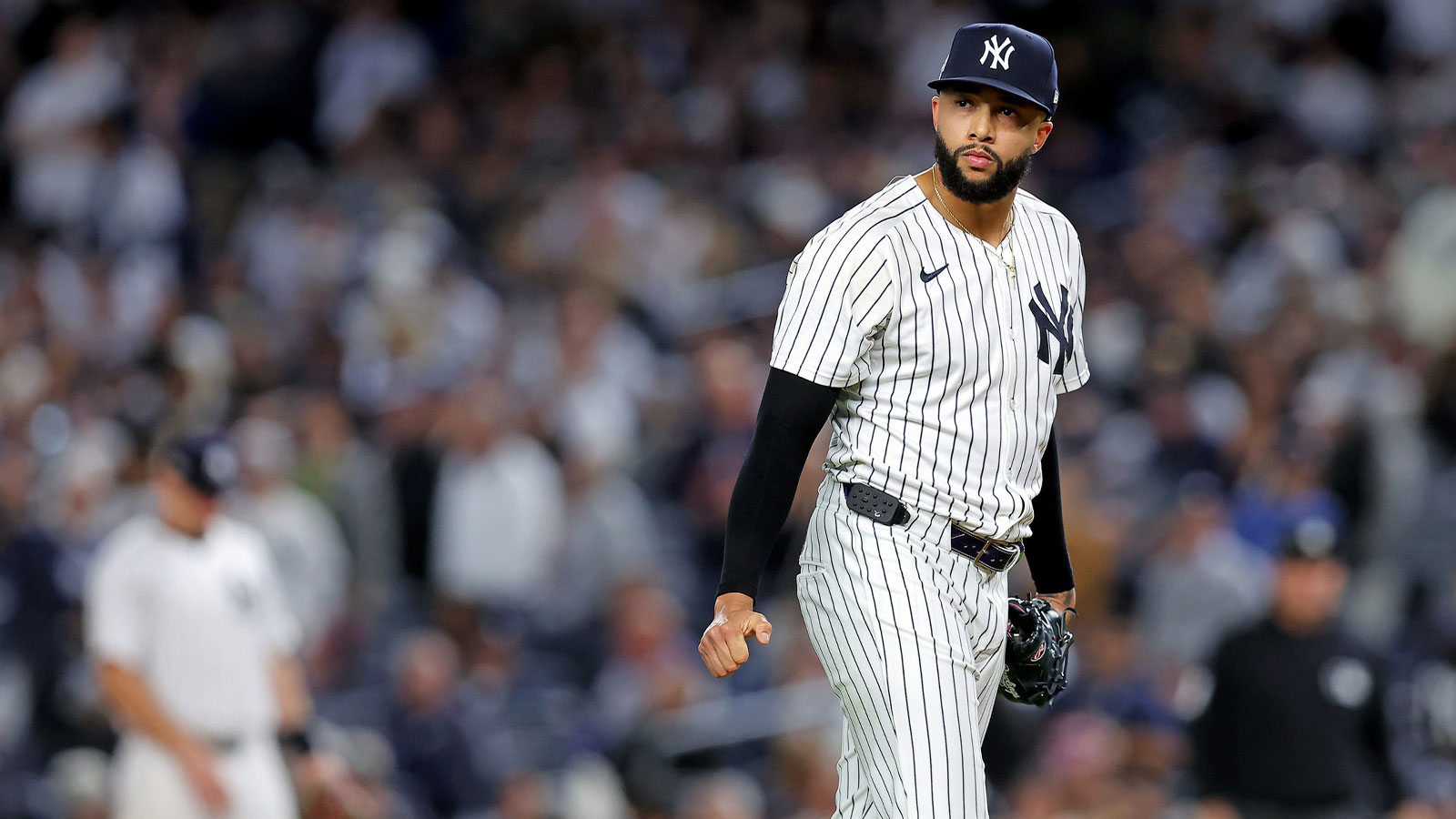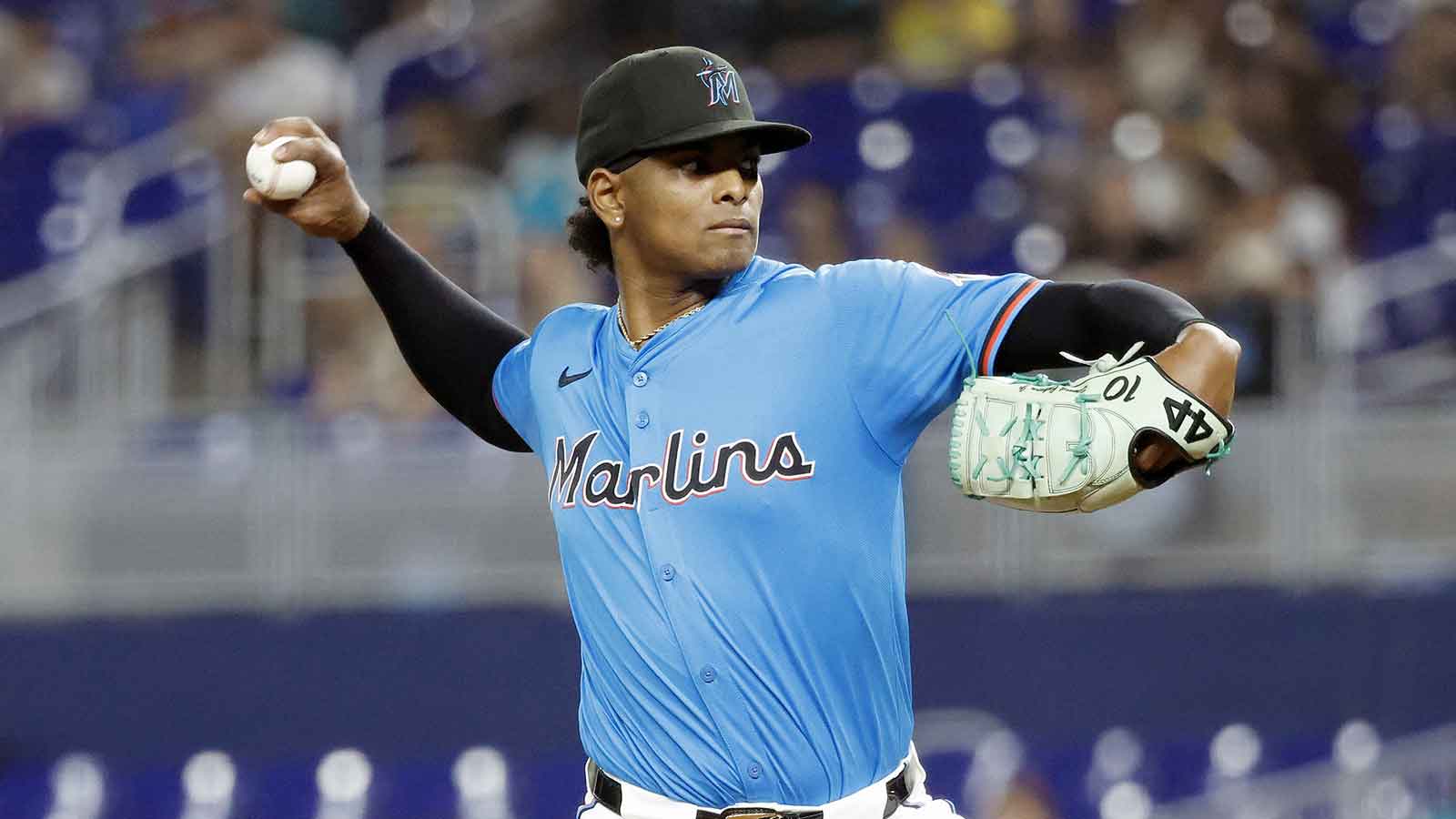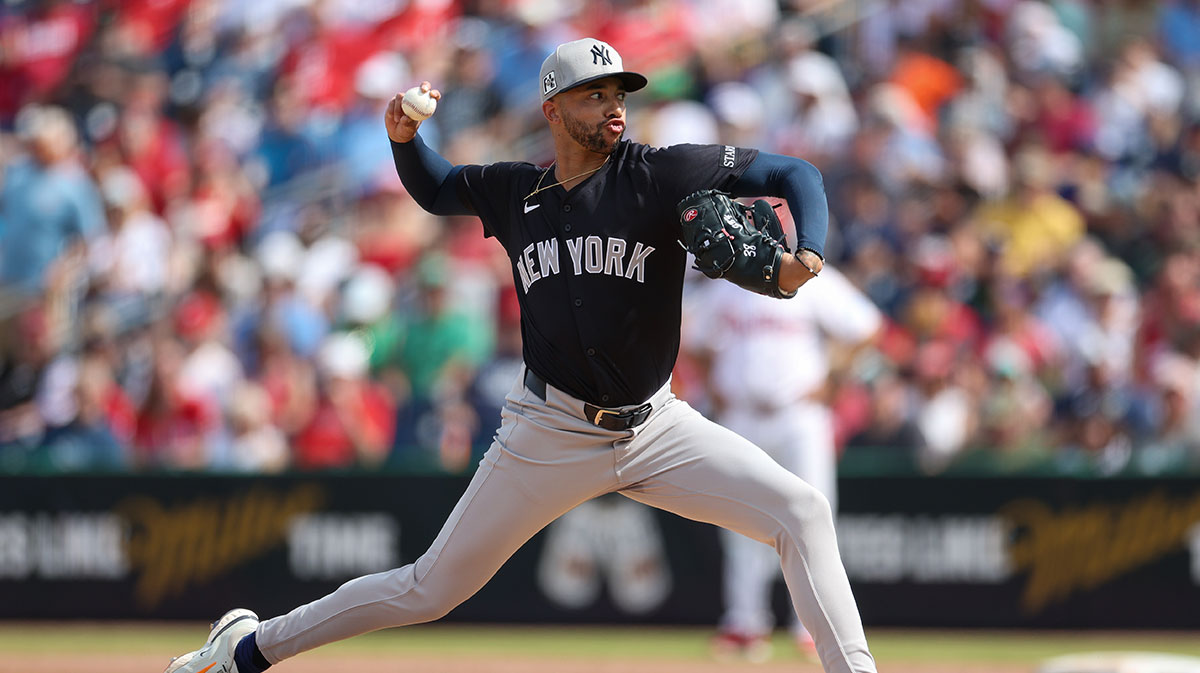After a quiet few weeks leading up to the 2025 MLB trade deadline, the final 24 hours were an absolute whirlwind. All 30 teams were involved in one trade. Multiple teams, including the San Diego Padres, New York Yankees and Minnesota Twins, made more than three deals. All three of those teams were especially active on the deadline's final day.
While moves made by the Yankees and Padres were made to fortify contending teams, the Twins went the opposite path. They orchestrated a fire sale across the board, trading multiple veterans like shortstop Carlos Correa and closer Jhoan Duran. Despite this flurry of moves, they didn't really come out ahead. More on Minnesota's tear down below. Hint: chief baseball officer Derek Falvey and the Twins front office should have done much more.
While the Twins decided to tear it down, two other teams in their division should have done more at the deadline. While at opposite ends of the spectrum, the Detroit Tigers and Chicago White Sox both should have tried to do more. The Tigers should have gone after bigger names like third baseman Eugenio Suarez (traded to the Seattle Mariners) or starting pitcher Sandy Alcantara (stayed with the Miami Marlins) to enhance what is the AL's best team right now. The White Sox, however, didn't do enough selling. In order to continue with their rebuild, GM Chris Getz should have made more moves.
Two NL franchises are also on this list. Both the Chicago Cubs and Los Angeles Dodgers are certainly playoff teams. At the moment, Chicago holds one of the NL Wild Card slots. The Dodgers hold a three-game lead in the NL West. While both clubs did make moves at the deadline, they also fit in with the “did not do enough” crowd. Los Angeles, in particular, barely made any noise. Will GM Brandon Gomes and president of baseball operations Andrew Friedman regret staying mostly pat?
Dodgers spoil chance to improve upon contending team

What happened? Almost every year at the deadline, the Dodgers usually make at least one or two deals that improve their roster. On their way to the World Series last year, they picked up starting pitcher Jack Flaherty and utilityman Tommy Edman among other additions. A few years ago, it was the star duo of Max Scherzer and Trea Turner. This year, Los Angeles followed their usual late July fireworks by trading starter Dustin May and outfielder James Outman, along with some minor leaguers.
The incoming players? Depth outfielder Alex Call and reliever Brock Stewart. That's all that Gomes and Friedman brought in. On the surface, it's not too surprising. After all, the Dodgers are winning their division. They are likely the best team in the NL, if not the entire league. They are the defending World Series champions, with basically every major piece from last year's team on this year's roster. So, perhaps the Los Angeles brass didn't want to give up too much at the deadline, especially since a good number of players will be back from injury soon.
One of their aces, Blake Snell, will be back from the IL this weekend. The team should get back Roki Sasaki in the coming weeks as well. In the lineup, the injuries of third baseman Max Muncy and utilitymen Kike Hernandez and Hyeseong Kim are also shorter-term ailments. By the time September rolls around, the Dodgers could be back at full strength for the most part. However, that doesn't excuse not adding more at the deadline. Especially since the team has so much talent that they can move. A shot at World Series number nine might have gone up in smoke at the deadline.
Twins fire sale precursor to bigger changes?
The Minnesota Twins' regression really began with their collapse last season. At one point, they were poised to capture the AL Central and a playoff spot. However, manager Rocco Baldelli's club fell apart as the second half of last season progressed. This season, the hope was that a fully healthy and already talented roster would be able to fight their way back into playoff contention. That turn of events did not come to pass. In fact, the Twins have struggled quite a bit once again in 2025.
So, Falvey and the Twins brass decided to tear it all down. Not only did they trade Correa and Duran. They also sent off starting pitcher Chris Paddack, utilityman Willi Castro, setup man Griffin Jax, outfielder Harrison Bader and a few more players. A good chunk of the major league roster now plays elsewhere. Were the pieces they received in return worth it?
Multiple major league ready players, like starting pitcher Taj Bradley and Outman, were added in the flurry of deals. They will certainly try to claim their spots on the major league roster as Minnesota turns into a youth movement for the rest of the season and perhaps longer. Ace Joe Ryan somewhat surprisingly stayed put, but he could be dealt in the winter. As could center fielder Byron Buxton. This season has certainly been one filled with disappointment, but it could lead to wholesale organizational changes this coming offseason.
Tigers should have added bigger fish at MLB trade deadline

Sometimes, quantity over quality is the way to go. If you can't get higher quality players/pieces back in a trade, then adding more to a return to maximize its value can be the best route. However, in the case of the MLB trade deadline that just passed, the Detroit Tigers' strategy of quantity over quality wasn't the right choice. Especially for a team that is actively trying to be a World Series contender.
President of baseball operations Scott Harris and his staff added seven different arms before the deadline passed. SEVEN. It is safe to say that the team's depth is much improved. Adding starters Chris Paddack (via the Minnesota Twins) and Charlie Morton (from the Baltimore Orioles) certainly helps improve the backend of their rotation. Out of the five relief arms that Harris added, ex-Washington Nationals closer Kyle Finnegan could be yet another late-inning option.
Yes, depth in October is very important. Having the arms and bats to withstand the upcoming stretch run will be crucial to Detroit's title aspirations. Yet, not going for true impact pieces, such as Ryan or Suarez, certainly has to sting. While the types of moves that the Tigers made at the deadline have helped teams win titles in the past, sometimes it takes that one extra star to help lift a team over the top. Detroit certainly got better with their deadline moves. But are they good enough to get past other AL contenders like the Yankees, Toronto Blue Jays or Houston Astros? In a few months, the baseball world will know the answer.
White Sox didn't do enough at MLB trade deadline to help with rebuild
After months (honestly, it's been closer to more than a year) of trade rumors involving Chicago White Sox center fielder Luis Robert Jr., you know what happened? The team didn't trade him. Even with his depleted trade value at the moment, there's no doubt that one team would have likely paid a fair price for the player Robert Jr. currently is.
The problem is the White Sox' valuation of their Cuban outfielder. Getz and his front office are still valuing Robert Jr. like the MVP candidate he used to be. However, he's not that player anymore. Therefore, he's not worth that valuation. Unfortunately, it seems as if Chicago is still clinging to his old performance. Due to this, it could be some time before Robert Jr. leaves the South Side.
Getz and the front office did trade away veteran starter Adrian Houser to the Tampa Bay Rays, as well as outfielder Austin Slater to the New York Yankees. But that wasn't nearly enough for a team that is clearly rebuilding. Why couldn't they trade away relievers like Dan Altavilla or Jordan Leasure, or outfielder Mike Tauchman? There might not have been too many pieces left that the White Sox could have traded away, but any move that brought in young players to help with the rebuild would have been nice to have. Hopefully Robert Jr. and other trade pieces can prove their worth over the season's second half. Winter is coming, after all.
Cubs didn't do enough at MLB trade deadline to help playoff odds

There was definitely one Cub who came out ahead at the trade deadline: president of baseball operations Jed Hoyer, who signed a contract extension. Hoyer's moves at the deadline, however, were underwhelming at best. For a team looking to get back to both the top of the NL Central and the playoffs, the deals that Hoyer and the front office made look like they will make a marginal impact at best.
Utilityman Willi Castro was likely their best addition, as the former Twin can play multiple positions and bat throughout the lineup as well. The Cubs were able to take advantage of Minnesota's fire sale and bring Castro aboard. However, it is curious to think about why the team didn't swing a deal for Twins ace Joe Ryan. Starting pitching is one of Chicago's biggest needs, and Ryan would have certainly given them another much needed postseason rotation arm.
Miami's Alcantara or Edward Cabrera would have also made sense. The market was short on impact starting pitchers, but there were options. The fact that Hoyer and the Cubbies' brass didn't try to go in for one of them (or were unwilling to pay the price) is telling. Despite being one of MLB's biggest clubs, Chicago still refuses to spend, at least to some extent. If they want to keep superstar outfielder Kyle Tucker from leaving in free agency next winter, then their moves at the deadline were certainly a disappointing turn of events. They helped the team's depth but didn't make the Cubs a bigger threat to winning it all in October.



